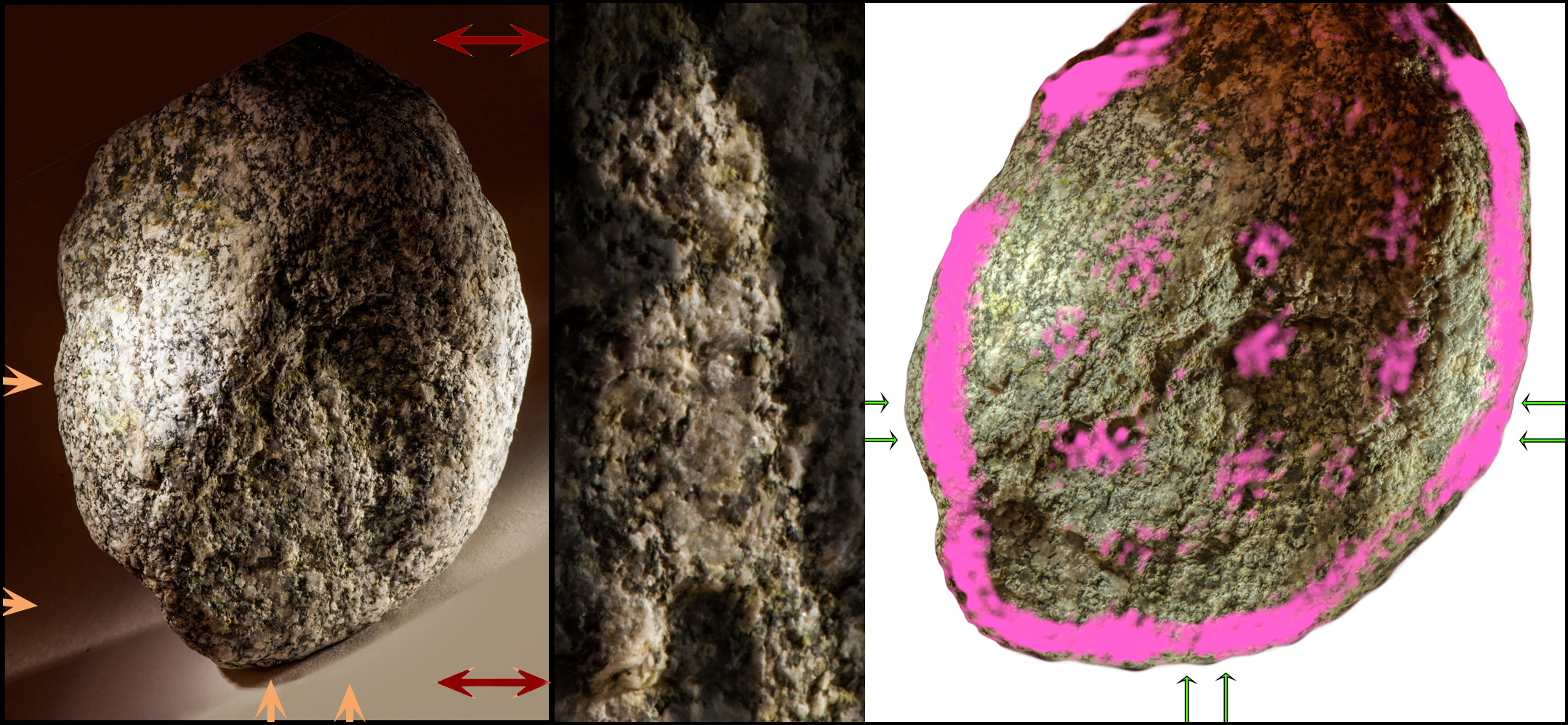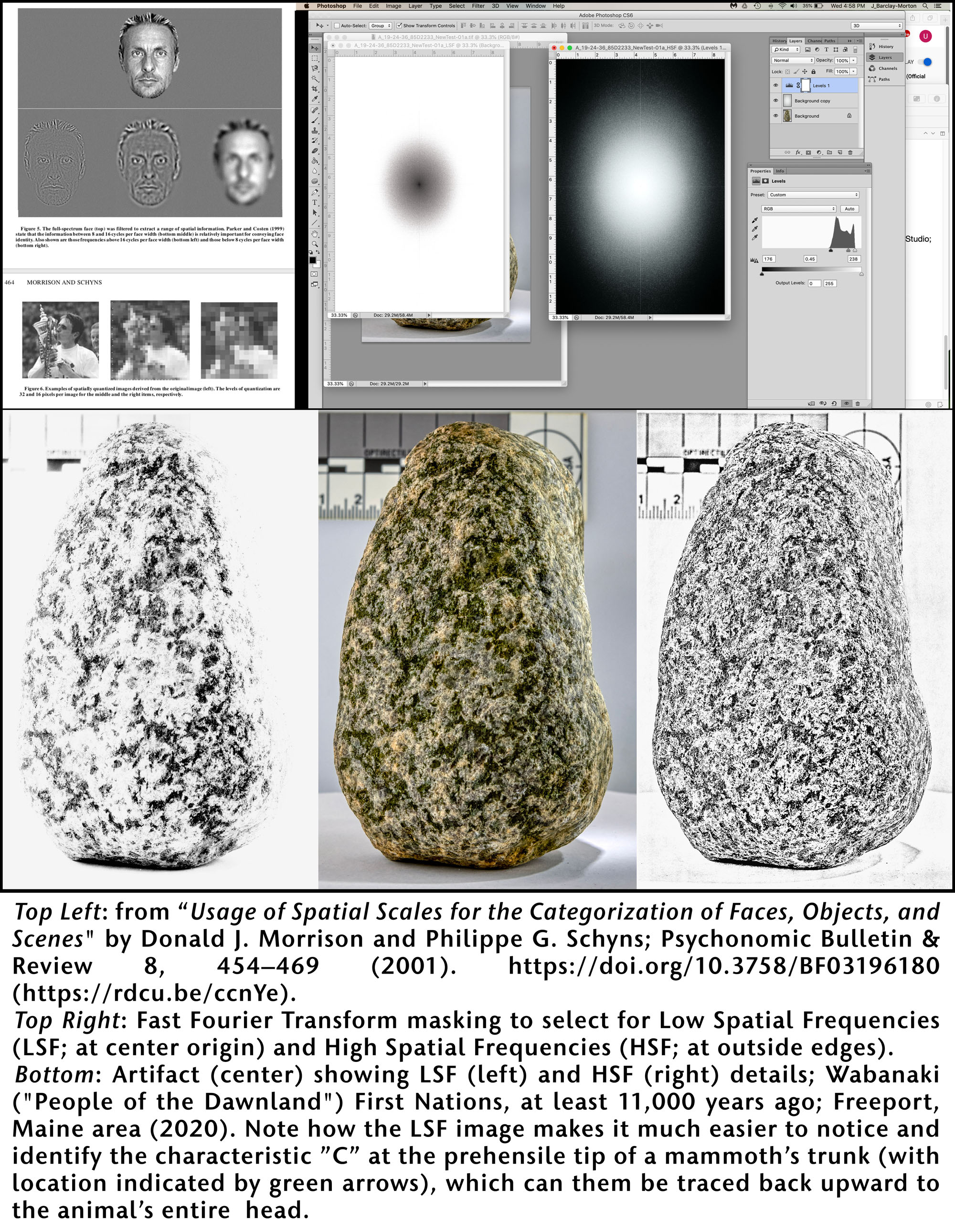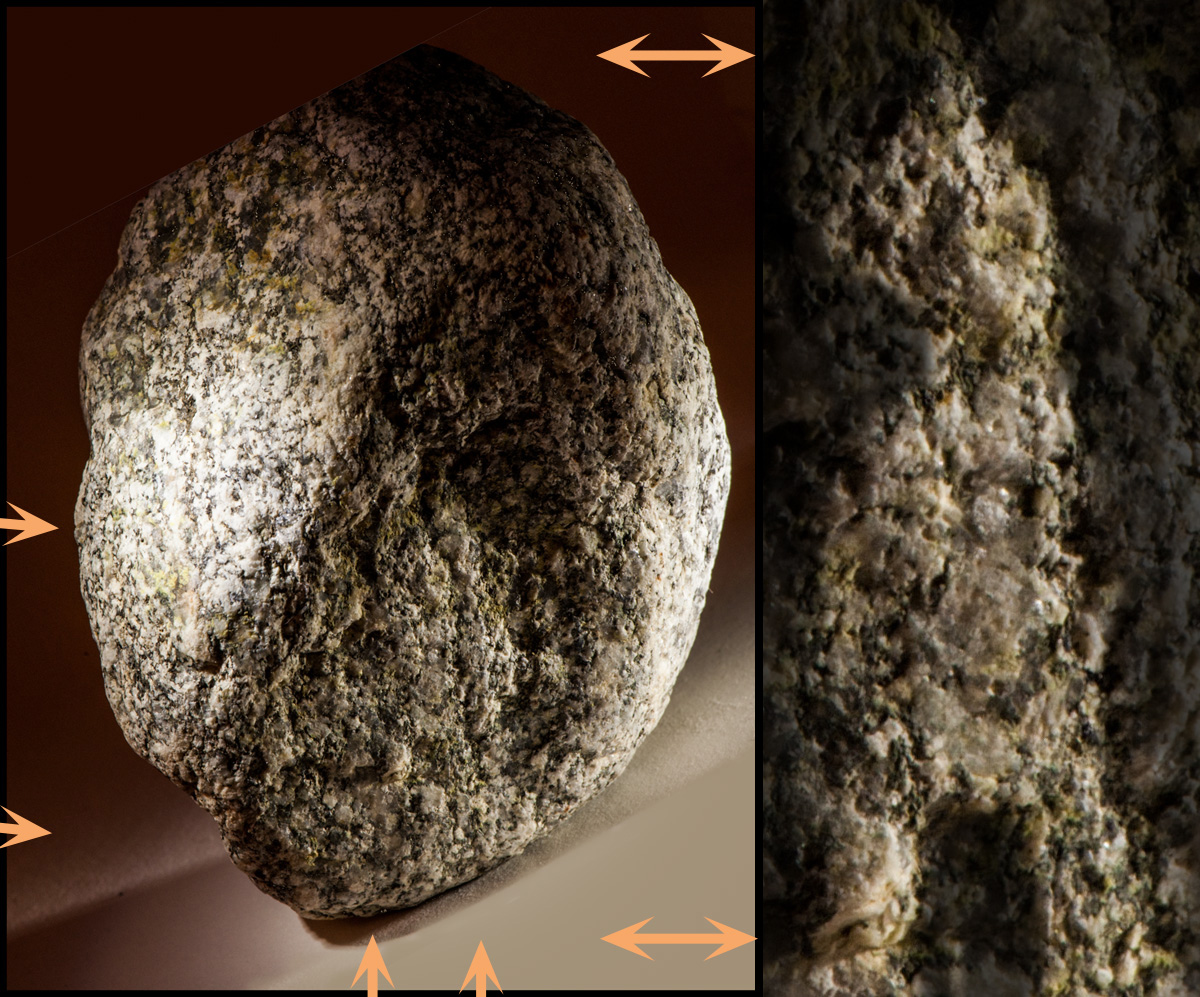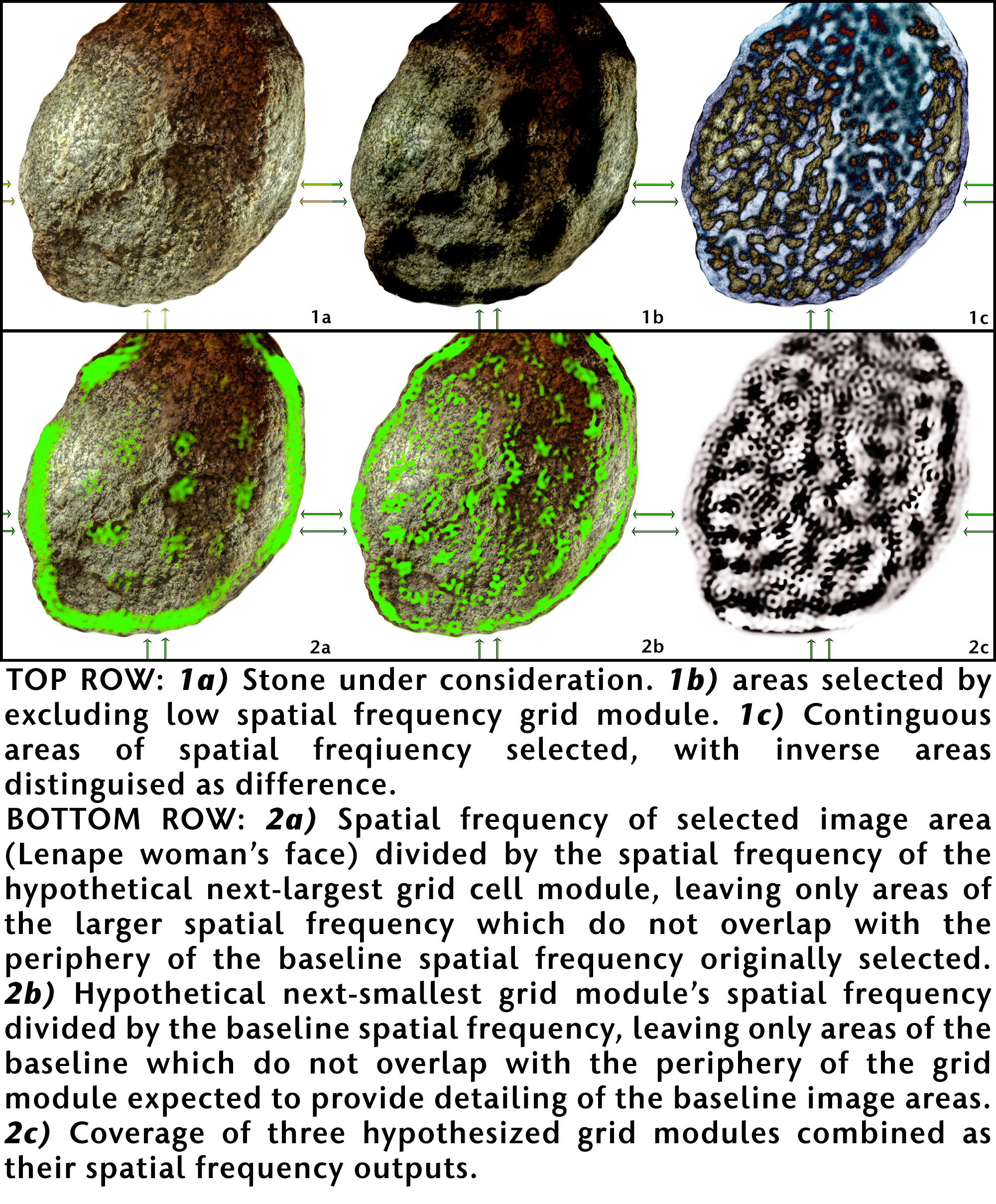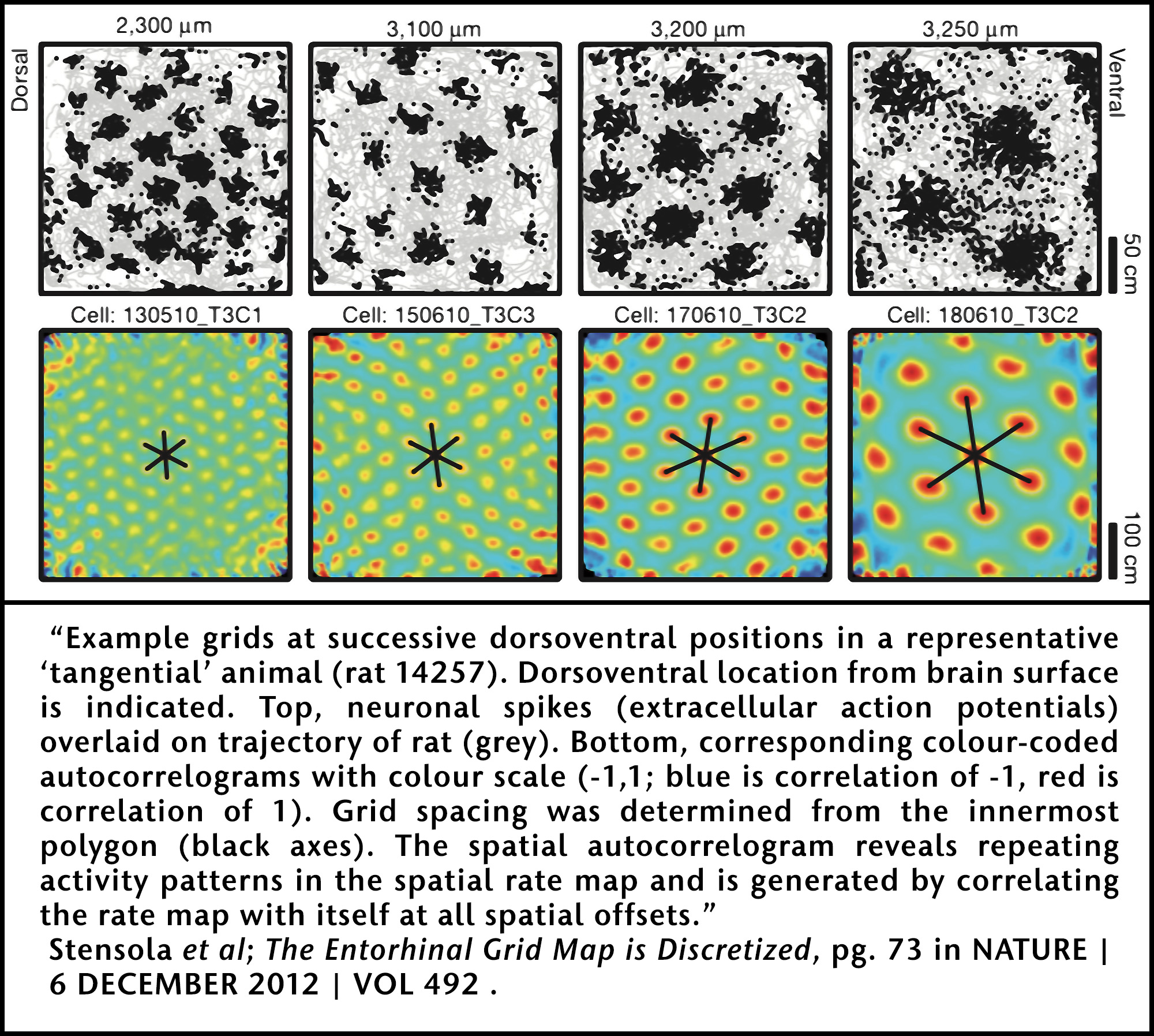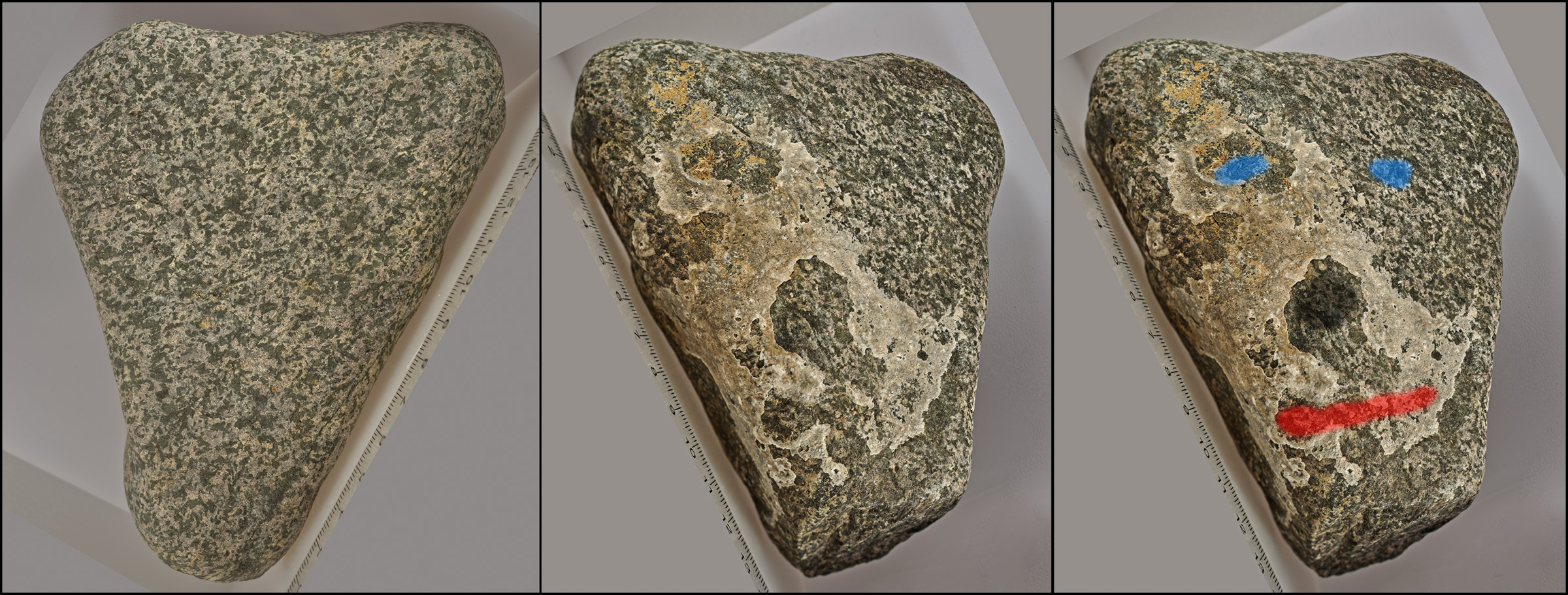Introduction
In seeking to find some commonality between writer and reader — such as would afford the same kind of continuity of interpretation and understanding found between individuals who share a linguistic heritage, through learning the same meanings from a form of phonetic writing held in common — it has become apparent that the preconscious neural processes which inform our conscious awareness of visual imagery can serve this function very well indeed.
Exploring how anametric image writing functions coherently means examining those neural processes which underpin vision. Many clinical studies have undertaken such research, using advances in imaging technologies which allow for the active monitoring of ongoing neural processes inside a subject’s brain, even while that individual is engaged in specific vision-related tasks. Research of this nature has returned significant information regarding which areas of the brain process different aspects of vision.
Very recently, such studies have led to an understanding of how facial recognition is processed, yielding results which were as unexpected as they were insightful. These insights allow us to make some very basic interpretive contextualizations regarding the pivotal position that personal identity plays in the functional nature of anametric image writing; but it also positions us to understand the nature of the complexities that interconnect individual image elements within grammatological compositions.
Starting from observations regarding the positional localization of differential image elements within facial composites, we find that: grouping patterns, defined in terms of temporal duration, determine states of immanence; which can serve to connect the diagrammatic features of anametric image writing as intensive ordinates; which can compositionally produce conceptual structures. In this, we can trace a transitional shift: from the point-of-view perspectivalism that defines an observer relative to the situation in which they are placed; to the productive nature of conceptual personae, which demarcate relationships with that world (through acts of deterritorialization and reterritorialization, undertaken relative to that part of this earth where they find themselves). This in turn provides us with the kind of geophilosophical context that can ground an interpretive methodology capable of extracting meaningful information from the interrelationships depicted within examples of anametric image writing.
Overview
Considering Neural Processes of Scale
Given that an understanding of the basic functionality of those neural processes which inform facial recognition has provided significant insights into the mechanisms through which anametric image writing conveys information, a more thorough investigating into the neural processes that inform vision is certainly in order.
Starting again from the positional localization of differential image elements, as defined by their placement within identifiable facial composites, we can note something worth further investigation: the differential nature of such image elements, defined positionally, is often characterized by a disparity in scale. This is not the natural relationship of a proportional ratio: the image outline of a person, appearing in the place of an eye, projects a large scalar differential; and the outline of a mammoth appearing in place of an eye does this all the more so.
Such observations can lead to a new area of inquiry, which allows for some very insightful investigations: that of scale, and how it arises as a conceptual determination within consciousness. At first glance, the concept of scale might not seem at all integral to any determinations directly related to linguistic considerations; but in point of fact, scale has been demonstrated to be a fundamental principle which appears to be implicit within all language constructs. As demonstrated by Nai Ding et al in Cortical Tracking of Hierarchical Linguistic Structures in Connected Speech, scalar relation as a fundamental principle of organization can be show to hold across all language groups tested, indicating that scale is an innate interpretive pattern which is somehow embedded in human consciousness:
“In speech, hierarchical linguistic structures do not have boundaries that are clearly defined by acoustic cues and must therefore be internally and incrementally constructed during comprehension. We found that, during listening to connected speech, cortical activity of different timescales concurrently tracked the time course of abstract linguistic structures at different hierarchical levels, such as words, phrases and sentences. Notably, the neural tracking of hierarchical linguistic structures was dissociated from the encoding of acoustic cues and from the predictability of incoming words. Our results indicate that a hierarchy of neural processing timescales underlies grammar-based internal construction of hierarchical linguistic structure [Nai Ding et al, Abstract; 2015].”
Note that these findings are of particular relevance to the grammatological aspects of language — which is precisely what we find ourselves dealing with when engaging with this form of anametric image writing. Also of interest, given that anametric image writing is characterized throughout by temporal distinctions, is the fact that the scalar differentiations discovered in this study — found to hold in common between such radically different languages as Chinese and English — are discerned through temporal determinations:
“It remains puzzling how the brain simultaneously handles the distinct timescales of the different linguistic structures, for example, from a few hundred milliseconds for syllables to a few seconds for sentences.” “We hypothesized that cortical dynamics emerge at all timescales required for the processing of different linguistic levels, including the timescales corresponding to larger linguistic structures such as phrases and sentences, and that the neural representation of each linguistic level corresponds to timescales matching the timescales of the respective linguistic level. “By manipulating the levels of linguistic abstraction, we found separable neural encoding of each different linguistic level.” “Although the construction of abstract structures is driven by syntactic analysis, when such structures are built, different aspects of the structure, including semantic information, can be integrated in the neural representation. Indeed, the wide distribution of cortical tracking of hierarchical linguistic structures suggests that it is a general neurophysiological mechanism for combinatorial operations involved in hierarchical linguistic structure building in multiple linguistic processing networks (for example, phonological, syntactic and semantic). Furthermore, coherent synchronization to the correlated linguistic structures in different representational networks, for example, syntactic, semantic and phonological, provides a way to integrate multi-dimensional linguistic representations into a coherent language percept, just as temporal synchronization between cortical networks provides a possible solution to the binding problem in sensory processing [Nai Ding et al, 2015].”
It would be fair to say, then, that scalar relationships form an integral aspect of linguistic structure; and that, further, temporal duration can function as a fundamental mechanism in imparting coherence between disparate scalar constructs.
